Finer Fibre Jute Varieties Suitable For Value Added Jute Diversified Products
Finer fibre is a prerequisite for production of value added jute diversified products. At present there is a deficit (around 13%) of TDN2 (earlier TD3 & TD4) grade fibre in the country which is needed to be addressed. The tossa jute varieties JBO 1, JROM 1 and JRO 2407 released through AINPJAF scheme during 2010 – 2016 period have fibre fineness between 2.30 – 2.60 tex which is about 25% finer than that of the existing olitorius variety JRO 524 (3.40 tex) in addition to 10 – 15% higher fibre yield than JRO 524 (27-29 q/ha). Similarly, the fibre fineness of white jute varieties JRCM 2, KJC 7 and JRC 9057 released by AINPJAF between 2013 – 2016 possess fibre fineness of less than 1.30 tex which is 13% finer than the ruling finer fibre variety JRC 321 (1.50 tex). These varieties will certainly cater to the demand of finer fibre of jute by the industry and will reduce the import of finer fibre.
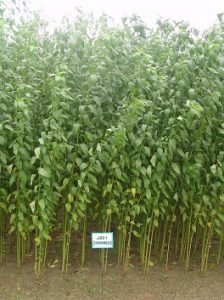 |
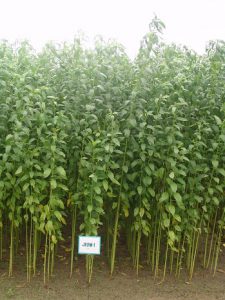 |
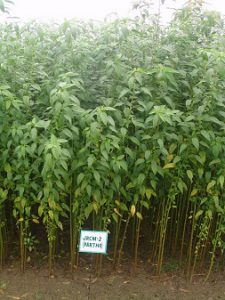 |
JRF 2: First fibre flax variety in India
The first fibre flax variety of India JRF 2 had been released by AINPJAF in 2015 which has higher fibre yield (12-13 q/ha), high fibre strength (25.55 g/tex) and resistance to major diseases like Fusarium wilt and Alternarialini. This variety is not only superior in fibre length but also possesses better lustre than that of imported flax fibre from the European countries. This variety has tremendous potential to meet our domestic demandfor apparel quality flax fibre (linen) and can save foreign exchange to the tune of Rs. 1000-1200 croreper annum spent for the import of flax fibre from Belgium and other countries.
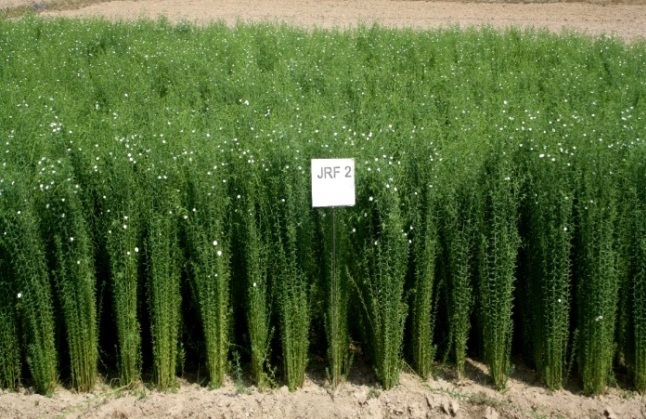 |
Tribal Sub Plan – A Potential Skill Development Tool for Jute Farmers
The new technologies developed / tested under AINPJAF like – new varieties, line sowing with CRIJAF Multi-row seed drill, INM schedules, integrated weed management programmes including pre/post emergence herbicides and CRIJAF Nail Weeder, improved microbial retting, IPM technologies had been tested in 296.33 ha area in 46 villages of six (06) districts of West Bengal, Odisha and Assam involving 1396 tribal farmers through “farmers’ participatory mode”. Technology demonstration on boro paddy, mustard, rabi maize, winter vegetables, bee keeping, artificial insemination, poultry, etc. were also done. These package demonstrations on improved technologies of jute in farmers fields had increased the yield of jute by 8-13 q/ha, fetched additional net return of at least Rs. 12000 – 34750/ha to the farmers. The demonstration on improved microbial retting using “CRIJAF SONA” had increased fibre recovery by 10-12%, improved the fibre quality of jute by at least by one grade Rs. 4000/ha to Rs. 5428/ha over traditional retting practices at Assam and West Bengal. About 800 farmers had been trained on different aspects of improved jute cultivation during this period.
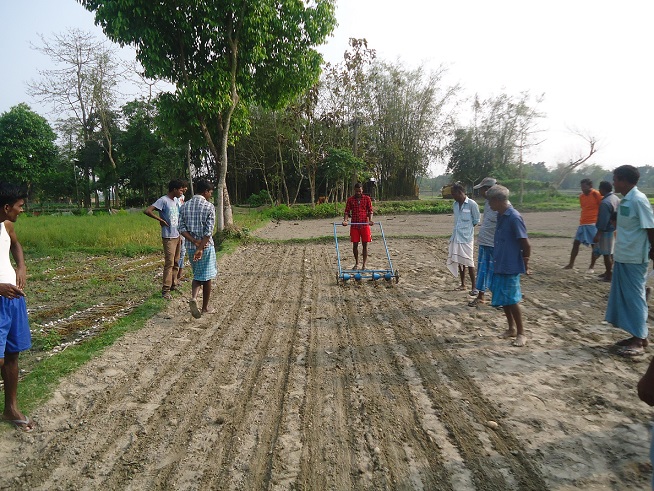 |
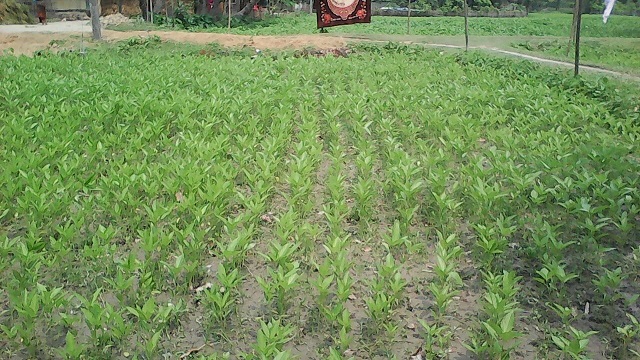 |
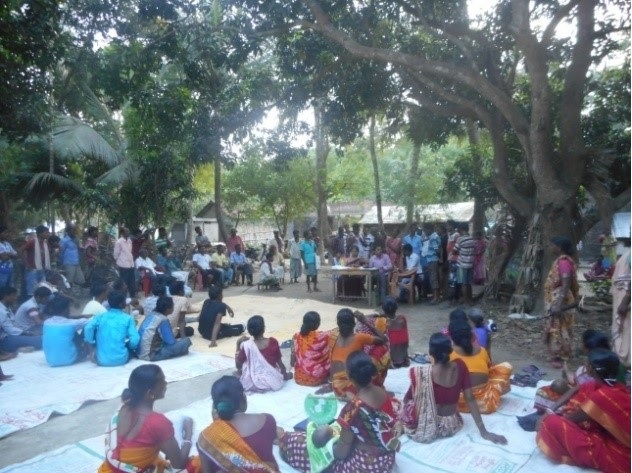 |

